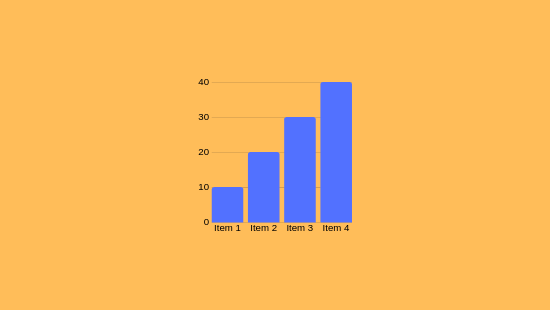Understanding the Functionality of Forex Indicators
Understanding the Functionality of Forex Indicators
Blog Article

As you explore forex measurements, you'll understand they're mathematical tools analyzing price and volume data to predict market behaviors. These instruments assist in identifying market patterns, confirming market cues, and uncovering extreme market conditions scenarios. For example, the Relative Strength Index (RSI) gauges momentum, while Bollinger Bands assess volatility. Refining your trading strategy by integrating these metrics is essential, especially if you aim to control risks adeptly.
Grasping the Core of Forex Indicators
Forex measurement tools are computational devices embedded in charts to aid investors in scrutinizing market dynamics and executing calculated trades. They provide perspectives into price movements and potential trading opportunities by processing historical and real-time data.
Forex indicators are divided into four main types: trend indicators (e.g., Moving Averages), momentum indicators (e.g., Relative Strength Index), volatility indicators (e.g., Bollinger Bands), and volume indicators.
These instruments can signal reversals, validate ongoing patterns, or indicate extreme buying/selling. If you're looking to enhance your methodologies, grasping their roles is vital.
Types of Forex Indicators
Upon evaluating market trends, traders usually employ a variety of indicators to guide their trading choices.
Forex tools are categorized into different types, each serving specific purposes.
Trend Indicators like Moving Averages (MA) and Bollinger Bands aid in uncovering movement patterns and potential breakouts.
Momentum Indicators, such as the Moving Average Convergence/Divergence (MACD) and Relative Strength Index (RSI), identify momentum changes and highlight overbought or oversold conditions.
Volatility Indicators like the Average True Range (ATR) measure fluctuations, assisting investors in setting stop-loss thresholds.
When applied wisely, these indicators can enhance trade outcomes.
Key Indicators for Trading Decisions
To effectively make trading decisions, understanding and applying key indicators that evaluate market states is essential.
Moving Averages track mean trade values over specific periods, unveiling tendencies by smoothing fluctuations.
The RSI measures momentum on a 0–100 scale, indicating excess buy above 70 and signaling oversold scenarios below 30.
MACD compares two exponential moving averages to validate directional trends, with histograms displaying positive or negative trajectories.
Bollinger Bands apply standard deviations around a moving average to determine volatility and potential reversals.
Retracement intervals denote support/resistance zones considering historical shifts.
Combining these measures boosts accuracy by verifying signals if congruent, facilitating precise timing for currency pairs.
Employing Indicators in Risk Oversight
As you refine your trading strategy, effectively applying indicators for risk control is essential. Indicators like Moving Averages and Bollinger Bands notice volatility and spot viable trade junctures for risk minimization.
These tools permit the setting of stop-loss orders and limit orders, which are key for limiting possible losses.
For example, applying stop-loss orders restricts your loss to a certain amount, such as 2% of your trading capital per trade. website This disciplined tactic helps in managing trading risks by limiting exposure to fluctuations and leverage, which are notable risks in forex trading.
Combining Indicators for Enhanced Accuracy
Merging measurement tools is a accomplished tactic for boosting precision in forex trading. This approach allows for the use of diverse instruments to evaluate several facets of market behavior, such as trends, momentum, and variability.
By utilizing indicators like Moving Averages, RSI, and MACD, you can formulate formidable trading strategies. For example, pairing Moving Averages with RSI and Volume validates trend direction and momentum, while Bollinger Bands with Stochastic discovers volatile scenarios and possible reversals.
If diverse measurement tools align, redundancies are reduced, and trade signals are intensified.
Conclusion
You now grasp how forex indicators operate, covering their types like trend, momentum, and volatility tools. These elements assist in spotting potential reversals and confirming trend continuity. By integrating indicators, trading precision is boosted, and risk oversight is better managed. For instance, using the Relative Strength Index (RSI) to spot overbought conditions and Bollinger Bands to evaluate volatility can improve your decisions. Report this page